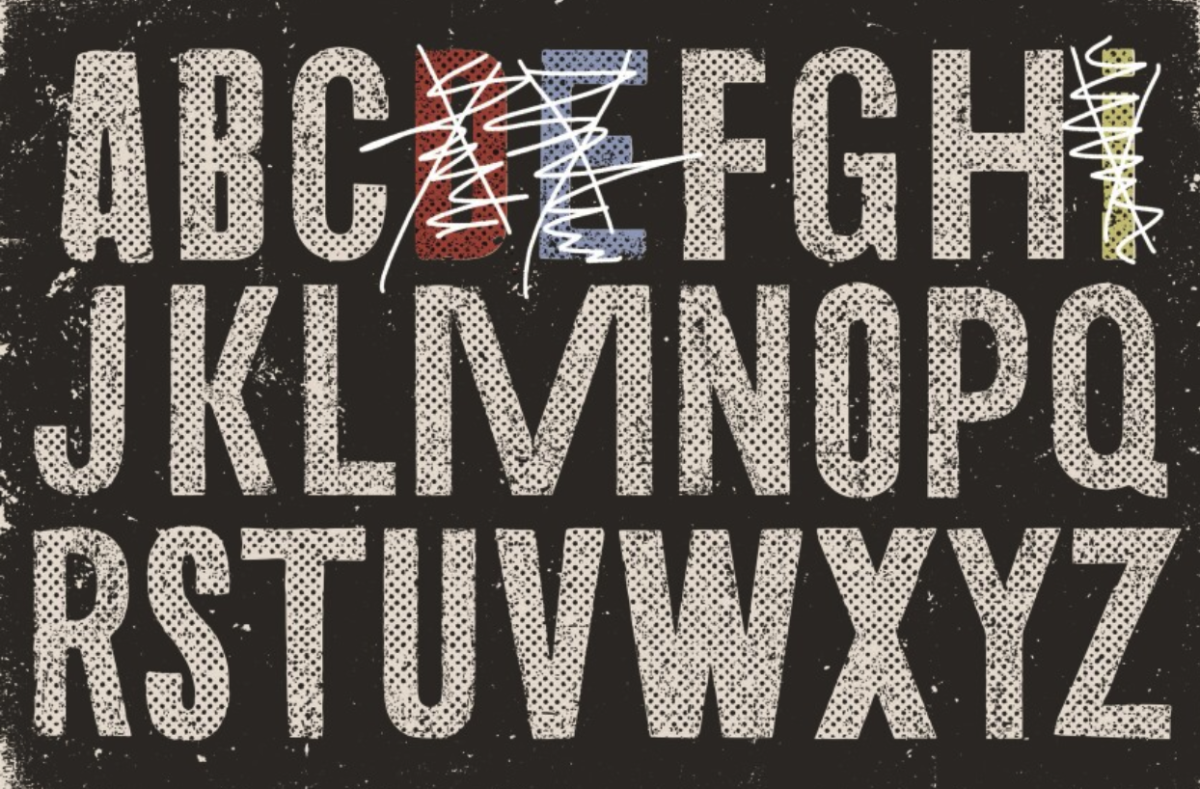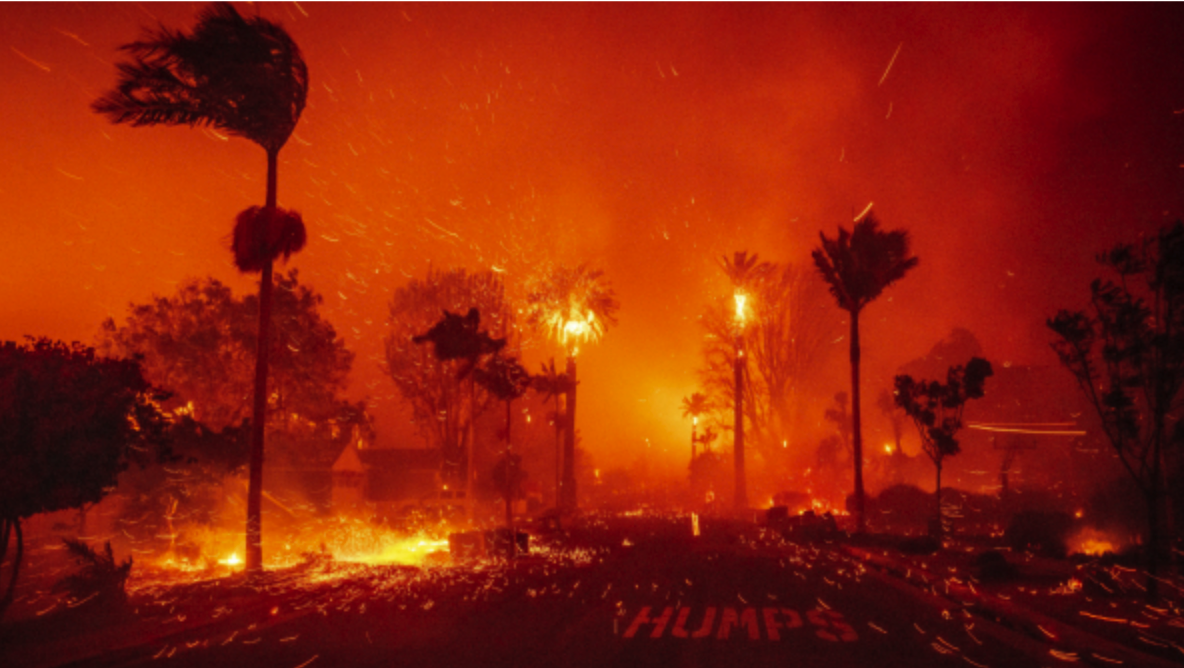Seventy-two percent—nearly three quarters—of students, nationally, have consumed alcohol by the end of high school, according to Students Against Destructive Decisions (SADD). Underage drinking is absent in no high school, and as reported by Center for Disease Control (CDC), alcohol is used by more young people in the U.S. than tobacco or illicit drugs. On Jan. 10, the Westminster administration went public with a new school policy to breathalyze students at school functions. Among youth, alcohol usage has been linked to physical fights, unintentional injuries, academic and occupational problems, and illegal behavior. In the long term, alcohol misuse is connected to liver disease, cancer, cardiovascular disease, neurological damage, and psychiatric problems such as depression and antisocial personality disorder. Hoping to prevent their students from becoming national statistics, other Atlanta private schools such as Lovett, Marist, and Whitefield have implemented breathalyzing policies for years. Westminster is behind most institutions, locally and nationally, in initiating a similar procedure.
High school deans, Frances Fondren and Tony Souza, started seriously considering the new policy towards the end of the 2011 school year and the beginning of this school year.
“We have become more aware of some of the risky behaviors that our students are participating in,” said Fondren, “be it with drugs or alcohol, mostly [due to] the health and wellness survey that we have given students over time.”
The decision to breathalyze students was not an impromptu one.
“We hear the rumors,” said Souza, “and now that we’ve heard a lot of these things, we’re starting to act on them.”
The administration stresses that the new policy is not an attempt to punish students. Rather it is out of concern for the Westminster community and for the students’ own safety.
“We’re trying to make sure that [Westminster is] a safe space,” said Fondren, “and that we know our students are safe getting here, going home, and getting behind the wheel of a car.”
The new policy was not spurred solely by what the deans and other administrators had heard. A red wine bottle was found at the Valentine’s dance in 2011, and anonymous health and wellness surveys that were given to the entire high school in previous years had troubling results.
40 percent of students reported having gotten in a car with someone who had been drinking. In the 30 days prior to taking the survey, 46 percent of the senior boys in the class of 2011 had consumed at least five alcoholic drinks in the span of two hours. 39 percent of the senior girls of 2011, answered in the same way. The percentages are significantly higher than the CDC’s national averages, which were 25 percent and 23.4 percent respectively.
“That’s not social drinking,” said Souza. “That’s drinking just to get plastered—fall-on-your-face plastered.”
The breathalyzing policy hopes to address the amount of alcohol students are consuming, not understanding that students are drinking.
“It’s not just that our students drink,” said Fondren. “It’s a deep concern about the quantity that they’re drinking, and that level of drinking can result in medical problems.”
Though the decision to begin to breathalyze students was made by the administration, the process and application was created by the school’s leadership councils.
“No matter what [the student council] said, it was definitely happening,” said junior class president Isabel Callaway. “Our job was to address how to implement the actual breathalzying—how many people, etcetera.”
The leadership councils began to brainstorm the ideas after Christmas break, and arrived at a decision after a lengthy discussion.
“We had a lot of different ideas. One was to number everyone and then have the DJ call out a random number every now and then,” said Callaway. “In the end, we went with ‘River’s Idea,’ attributed to [senior] Rivers Patterson, who came up with it.”
The process for testing students will be entirely random. A number generator will be used to compile a list of 10 to 20 boys and 10 to 20 girls from each grade. Fondren and Souza will carry the list, and if they see someone from the list at any point during the dance, they will breathalyze him or her. At least four boys and four girls from each grade will be breathalyzed by the end of each dance. The surplus of names on the list accounts for circumstances such as student absence at a function.
The breathalyzers themselves will be small strips to be placed on the tongue, and results will be confirmed in 15 seconds. Items such mouthwash and gum will not prevent a positive result, as they do not mask alcohol. However, they also will not create a false positive.
The announcement has caused a stir among the students, and many believe that attendance at dances will now be dramatically lessened.
“One thing I’ve heard from students is, ‘You guys don’t trust us, and that’s why you’re doing this,’” said Fondren. “My answer to that would be, if you haven’t been drinking, taking a breathalyzer is not a big deal at all. If you’re defensive about taking it, that gives us room for concern.”
Parents’ responses, on the other hand, have been overwhelmingly positive. There has not been a single parental complaint filed to either of the deans.
“Some parents have actually thanked me,” said Fondren.
The deans hope that the introduction of breathalyzers will provide the needed discouragement of drinking at the dances.
“I think it’ll be a successful deterrent in the fact that I don’t think anyone’s going to drink and come here,” said Souza. “I hope that no one will drink and come here, roll the dice and say, ‘Maybe I won’t be the one picked today.’”
Breathalyzers will make their debut at the Valentine’s Dance this February. Alcohol consumption at school is a concern not only for juniors and seniors, but for the entire high school. One main goal is to prevent alcohol usage from beginning as early as freshman year, and continuing into sophomore year.
“[Alcohol use] usually seems to start in the tenth grade at this school,” said Souza.
Though the breathalyzing is random, it is within the deans’ power to breathalyze students who look or act severely intoxicated, due to probable cause. The school has always had the right to breathalyze students, and the deans have always carried breathalyzers at school functions, although no student has been breathalyzed during Souza’s tenure as dean, which includes the last five years.
If the breathalyzer returns a positive result, the deans will call the student’s parents and have them come pick them up from the dance. Normal discipline procedures will then be followed. However, it is likely that drinking at a school function will result in suspension. The school will not bring in law enforcement.
There have been concerns that marijuana usage among students will now increase due to the breathalyzers. The administration currently does not have any plans to counter marijuana use, but the deans hope that the students will not turn to this more serious drug.
“Our job as deans is to respond to the needs of the community in the moment. Right now, we feel we need to address alcohol,” said Fondren. “It’s not to say that we’re ignoring pot—we do know that that’s also an issue at this school. But we’re starting somewhere, and we’re starting with breathalyzers.”





